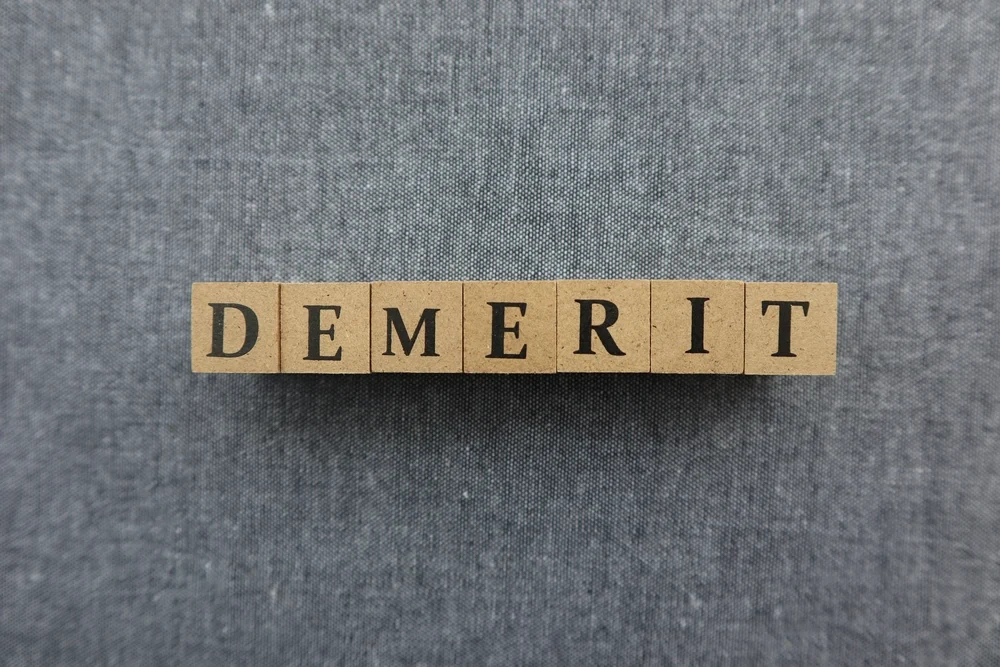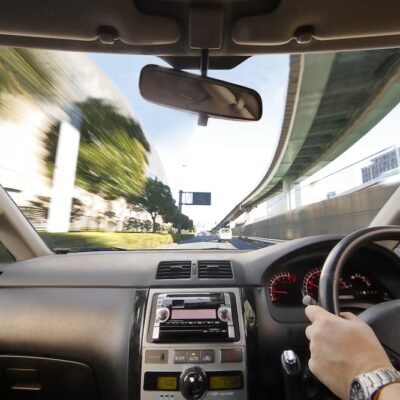
Facing a licence suspension NSW can be a stressful and confusing experience, particularly if you rely on your vehicle for work, family commitments, or everyday travel. Whether the suspension has resulted from a build-up of demerit points, a police-imposed penalty, or a breach of road rules, it is essential to understand your legal rights and the available avenues for appeal.
This guide outlines how the suspension process works in New South Wales, who can appeal, how to challenge a suspension, and how to regain your driving privileges. If you’re uncertain about where you stand or need professional assistance with your case, this article offers the information and direction you need to move forward confidently.
Understanding Licence Suspension in NSW
A licence suspension in NSW refers to a temporary withdrawal of your legal right to drive. It differs from a licence disqualification, which is a court-ordered cancellation of your driving privileges requiring reapplication for a new licence after the disqualification period ends.
Suspension vs Disqualification
One of the most common areas of confusion is the difference between suspension and disqualification. In New South Wales:
- A suspension is generally administrative. It may be issued by Transport for NSW or the police and usually lasts for a set period, such as three months.
- A court imposes a disqualification as a result of a serious offence and often requires further steps to regain your licence.
Both prevent you from driving legally, but suspension appeals are generally more accessible, particularly when no criminal offence has occurred.
How to Know If Your Licence Is Suspended
You might not always be immediately aware that your licence has been suspended. If you’re unsure about your current status, it’s important to verify your licence directly through the Service NSW website. This platform allows you to view your driving history and status in real time.
If you have received a Notice of Suspension, this document outlines the reason for the suspension, its duration, and whether you have the right to appeal. Ignoring this notice or continuing to drive while suspended can lead to serious legal consequences.
Being proactive in confirming your licence status is crucial—particularly if you’ve accumulated demerit points or recently committed a traffic offence.
How Do Demerit Points Lead to a Licence Suspension?

A common reason for a licence suspension NSW is the accumulation of demerit points. The demerit point system is designed to promote safe driving by penalising repeat or serious traffic offenders. Every driver in New South Wales begins with zero demerit points, and points are added when traffic laws are breached.
The number of points assigned depends on the type and severity of the offence. For example, speeding, using a mobile phone while driving, or running a red light will attract a set number of demerit points. A demerit point for red light offences may quickly push a provisional driver over the limit. So, if you exceed the point limit for your licence class, your licence may be suspended.
Demerit Point Limits by Licence Type
Different types of licences have different demerit point limits. For example:
- Learner and Provisional P1 drivers have a limit of four points.
- Provisional P2 drivers have a limit of seven points.
- Unrestricted licence holders have a limit of thirteen points.
Demerit Point Duration and Return
Demerit points remain on your record for three years from the date of the offence. After this period, they are automatically removed. The demerit point return scheme encourages drivers to maintain a clean record by allowing points to expire if no further offences occur during this time. You can check how many points you have on your licence at any time through the Service NSW website.
For many drivers, particularly those on provisional licences, one or two minor offences can quickly lead to suspension. Provisional drivers should be especially cautious, as minor offences may lead to suspension.
How Is a Licence Suspended in NSW?
A licence suspension in NSW can be imposed in a number of ways depending on the nature of the offence, the driver’s record, and the circumstances surrounding the incident. Understanding how and why a licence is suspended helps motorists identify their options and take appropriate steps if they wish to challenge the decision.
Suspension by Transport for NSW
Transport for NSW has the authority to suspend a driver’s licence for several reasons. This typically occurs when a driver has exceeded the allowable number of demerit points or has committed a serious traffic offence. In such cases, the driver will receive a formal Notice of Suspension outlining the start date and duration of the suspension period. In many instances, this may include a license suspended for 3 months, particularly for first-time breaches or low-risk drivers.
This type of suspension is administrative and can sometimes be appealed in court, depending on the driver’s eligibility and circumstances.
Police-Imposed Immediate Suspension
In more serious situations, the police may issue an immediate on-the-spot suspension. This usually applies to offences such as:
- Driving with a high-range blood alcohol concentration
- Exceeding the speed limit by more than 45 kilometres per hour
- Engaging in street racing or dangerous driving
An immediate suspension means you are not permitted to drive from the moment the notice is issued. It is essential to comply with this direction, as continuing to drive if your licence is suspended is a criminal offence that may lead to court prosecution.
Can All Suspensions Be Appealed?
Not all cases of licence suspension in NSW are eligible for appeal. Whether you can challenge a suspension depends on the type of suspension issued and your licence class. Understanding your eligibility is the first step in deciding whether to proceed with an appeal.
Appealable Suspensions
Certain drivers are permitted to appeal suspensions imposed by Transport for NSW. These include:
- Learner, P1, and P2 licence holders who receive a suspension for exceeding their demerit point limit or committing a serious offence.
However, unrestricted licence holders who exceed the demerit point limit are generally not eligible to appeal a suspension through the court. Instead, they may apply for a 12-month good behaviour period before the suspension begins. If this option is chosen, the driver must not accumulate more than two demerit points during that period. A breach of these conditions will result in a suspension that is twice the original duration.
Non-Appealable Suspensions
There are specific situations where an appeal is not permitted. These include:
- Suspensions issued for breaching a good behaviour licence
- Suspensions arising from court-imposed disqualifications
- Cases involving criminal traffic offences, such as drunk driving or driving under suspension
In such instances, the driver must serve the suspension in full. Attempting to drive during this period may result in severe legal penalties, including further disqualification and criminal charges.
Time Limits for Appeals
If your case is eligible, it is important to act quickly. An appeal must typically be lodged within 28 days of receiving the Notice of Suspension. Failing to meet this deadline will forfeit your right to contest the decision. Seeking legal advice promptly can help ensure that your application is prepared correctly and submitted within the required timeframe.
How to Appeal a Licence Suspension NSW
If you have received a Notice of Suspension and are eligible to challenge the decision, there is a defined legal process for appealing a licence suspension in NSW. An appeal allows you to present your case before a magistrate, who will assess the circumstances and decide whether the suspension should be upheld, varied, or set aside.
Lodging the Appeal
To begin the appeal process, you must file an application at a Local Court registry. This must be done within 28 days from the date you received the Notice of Suspension. You will be required to complete a formal appeal form and pay a filing fee. Supporting documents, such as evidence of hardship or references attesting to your character, may strengthen your case.
It is advisable to seek legal advice before lodging the appeal to ensure your application is complete and your arguments are clearly presented.
Court Consideration and Possible Outcomes
Once lodged, the court will schedule a hearing date. On the day of the hearing, a magistrate will consider the details of your offence, your driving history, and any supporting evidence you provide. The court may arrive at one of the following outcomes:
- The appeal is allowed: Your suspension is overturned, and your licence is reinstated.
- The appeal is dismissed and varied: The suspension is upheld, but the duration may be reduced.
- The appeal is dismissed: The original suspension stands, and you must serve the full period.
A successful licence suspension appeal often hinges on demonstrating genuine need, remorse, or mitigating circumstances. Presenting a structured, respectful, and well-supported case can significantly increase your chances of a favourable outcome.
What Happens After a Suspension Ends?
Once your licence suspension in NSW has ended or been successfully appealed, there are important steps to take before you can legally resume driving. These steps may vary depending on your license type and the nature of your suspension.
Returning to Driving After Suspension

In most cases, your licence is automatically reinstated once the suspension period has concluded. However, it is essential to confirm your status through Service NSW to ensure there are no ongoing restrictions or outstanding requirements. Driving without verifying your status may result in serious penalties.
For Learner, P1, and P2 drivers, additional steps may be required. This could include sitting the Driver Knowledge Test again or having your provisional period extended. These measures help reinforce safe driving habits and ensure drivers meet the standards expected on NSW roads.
If you held a good behaviour licence and breached its conditions, further consequences such as disqualification or mandatory testing may apply.
Compliance Moving Forward
After your licence is restored, maintaining a clean driving record is essential. Drivers who have previously been suspended are often monitored more closely. Committing further offences could lead to additional penalties or a longer loss of driving privileges.
Provisional drivers, in particular, should be aware of their obligations, including observing speed limits and complying with the conditions specific to their licence type. Staying informed and cautious on the road helps prevent the accumulation of further demerit points and reduces the risk of repeat suspensions.
Navigating Licence Suspension NSW With Legal Support
A licence suspension NSW can impact your ability to work, study, and manage everyday responsibilities. Understanding the cause of your suspension and whether you are eligible to appeal is essential. Acting within the allowed timeframe and knowing what to expect after your suspension ends can help you stay on the right side of the law.
If you believe your suspension was unfair or need help preparing your appeal, KPT Legal provides professional support to guide you through the process. Their team can assist with assessing your case, lodging your application, and representing you in court to help you achieve the best possible outcome.












